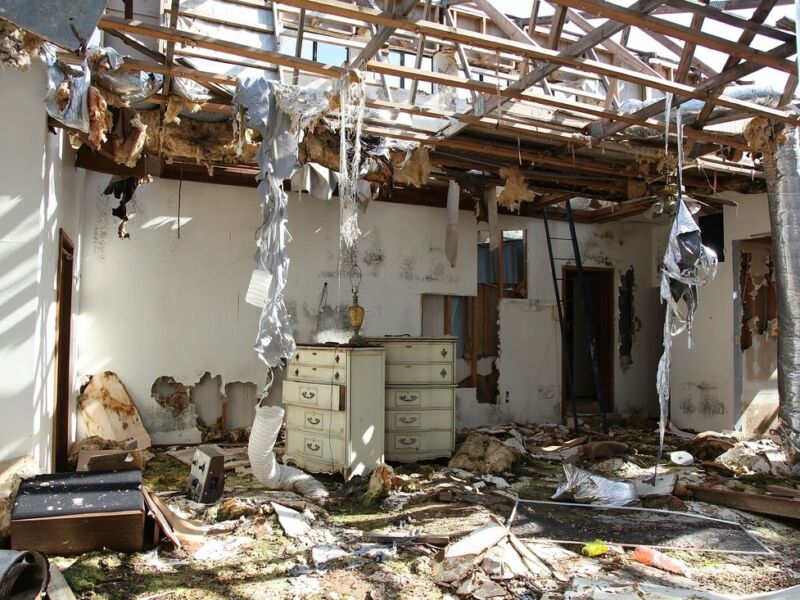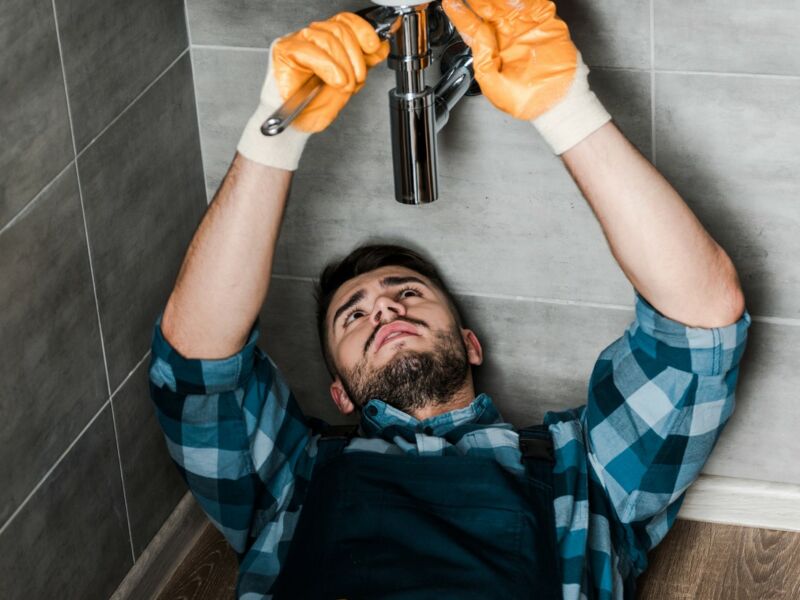
The Impact of Water Damage on Insulation Materials around Your Home
Water damage can have a significant impact on the insulation materials in your home. Whether it’s due to a burst pipe, a leaking roof, or a flood, water can infiltrate and damage various parts of your property, including insulation. In this article, we will explore the effects of water damage on insulation materials and provide insights into the restoration process.
1. Understanding Insulation Materials

Insulation materials play a crucial role in maintaining comfortable indoor temperatures and energy efficiency. Common types of insulation materials include fiberglass, cellulose, foam boards, and spray foam. These materials are typically installed in walls, attics, basements, and crawl spaces to prevent heat transfer and reduce energy consumption.
2. Effects of Water Damage on Insulation
When insulation materials are exposed to water, they can quickly deteriorate and lose their effectiveness. The specific effects of water damage on insulation depend on the type of material and the severity of the water intrusion. Some common effects include:
- Reduced Insulation Performance: Wet insulation is less effective in preventing heat transfer, resulting in decreased energy efficiency and increased utility bills.
- Mold and Mildew Growth: Moisture buildup in insulation creates an ideal environment for mold and mildew to thrive. This can lead to health issues for occupants and further damage to the surrounding materials.
- Structural Damage: Extended exposure to water can cause insulation materials to break down, lose their shape, and contribute to the deterioration of other building components.
- Odor and Indoor Air Quality Issues: Water-soaked insulation can emit unpleasant odors and contaminate the indoor air quality, leading to respiratory problems for occupants.
3. Steps for Restoration

Addressing water damage to insulation materials requires a thorough restoration process to mitigate the effects and ensure the long-term performance of the insulation. Here are the essential steps involved:
- Identifying the Source: Before restoring the insulation, it’s crucial to identify and fix the source of the water intrusion. This may involve repairing leaks, drying affected areas, or implementing preventive measures to avoid future water damage.
- Assessment and Removal: A professional restoration team will assess the extent of the water damage and determine if the insulation can be salvaged or needs to be removed. In severe cases of contamination, complete removal and replacement may be necessary.
- Drying and Disinfection: After removing the damaged insulation, the restoration team will thoroughly dry the affected areas and disinfect them to prevent mold and mildew growth.
- Replacement and Restoration: If the insulation needs to be replaced, professionals will install new, dry insulation materials to restore the thermal performance of the affected spaces.
- Monitoring and Maintenance: Once the restoration process is complete, regular monitoring and maintenance of the insulation will help prevent future water damage and ensure optimal performance.
4. Importance of Professional Restoration
Dealing with water damage and restoring insulation materials can be a complex and challenging task. Hiring a professional water damage restoration company, like JGW Group Water Damage Restoration Las Vegas, ensures that the restoration process is carried out efficiently and effectively. Their expertise, equipment, and experience will help mitigate the risks associated with water damage and ensure the long-term integrity of your insulation.
FAQs
What are the common signs of water damage in insulation?
Can water-damaged insulation be restored?
Water damage can have a significant impact on insulation materials around your home. It is essential to address water damage promptly and seek professional help from JGW Group Water Damage Restoration Las Vegas for efficient restoration. For more information on water damage restoration, click here.



